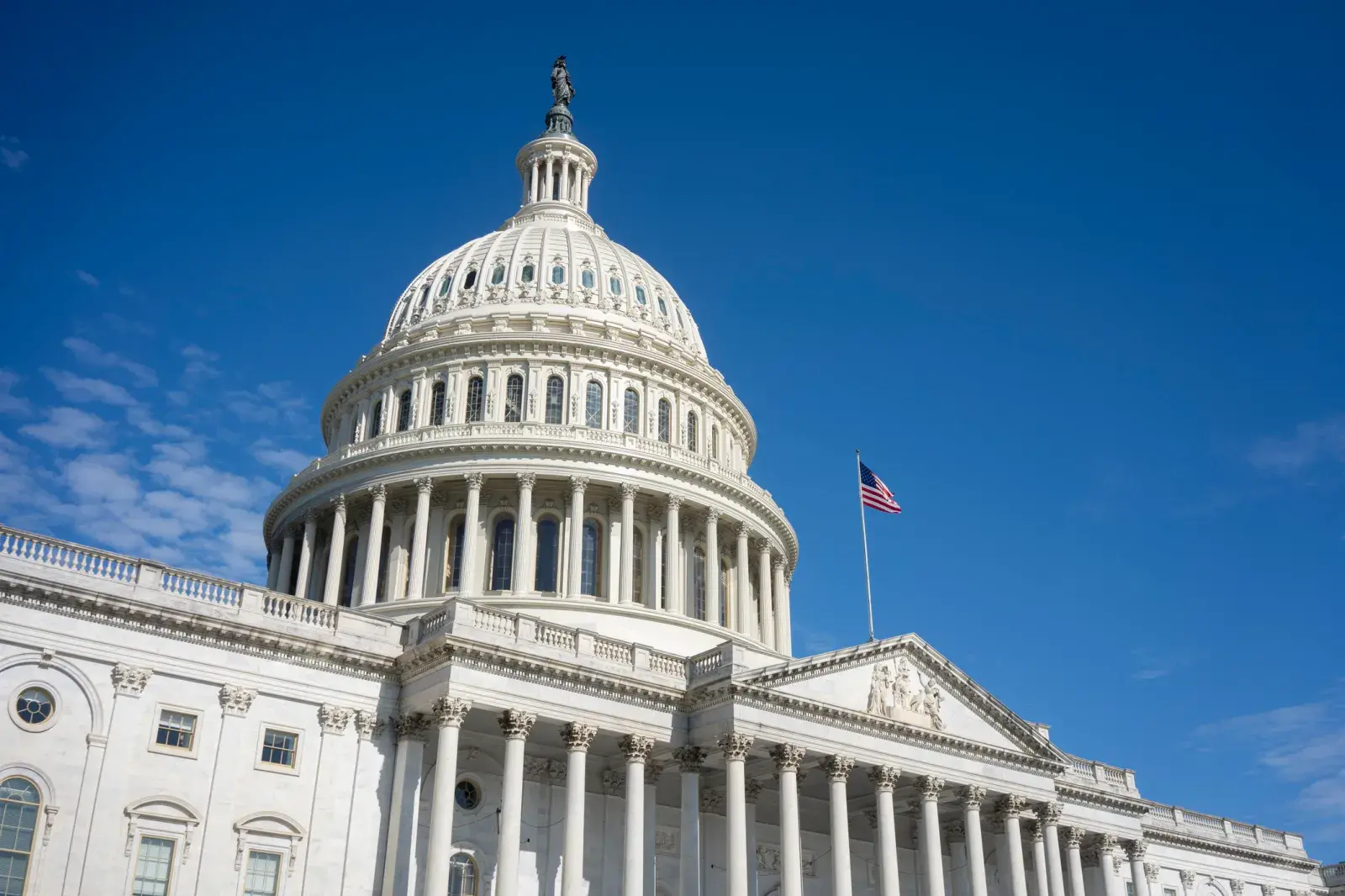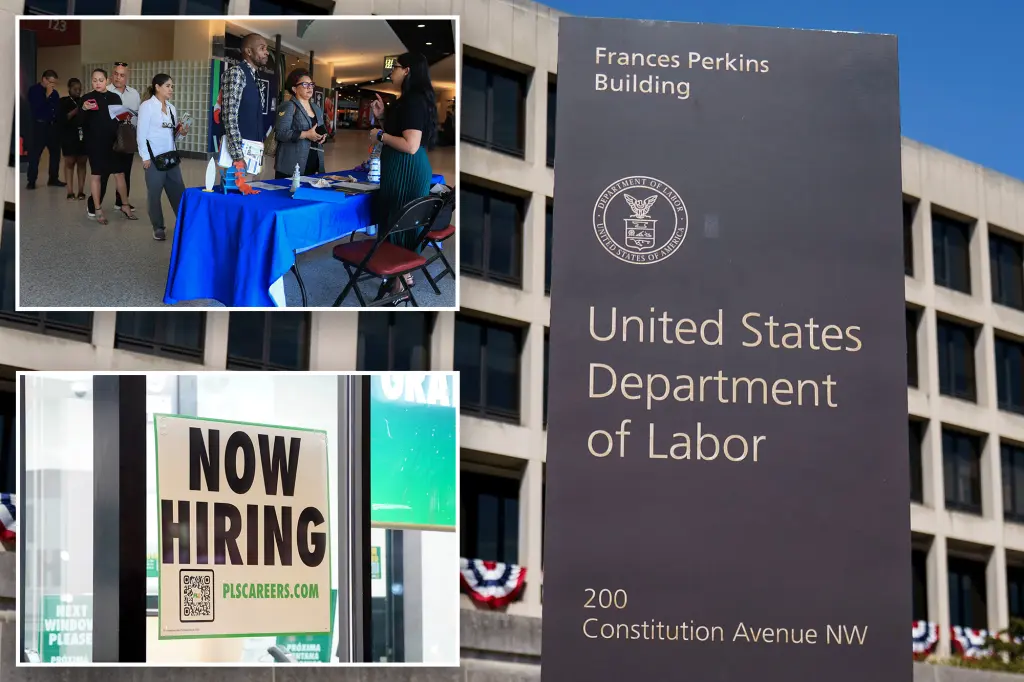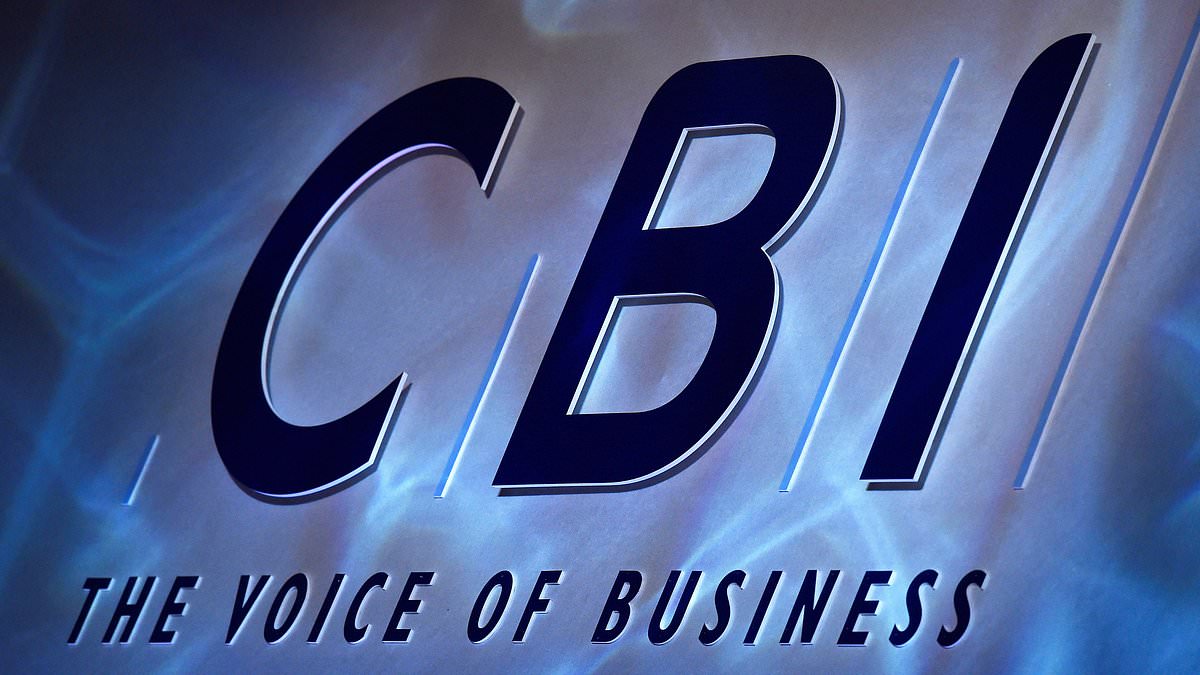By Aliss Higham
Copyright newsweek

The federal government has shut down after Congress failed to pass the funding bills—known as appropriations—which keep federal agencies running into the new fiscal year.
The shutdown arises from Congress’s inability to approve a funding bill that would extend government operations into October and beyond. Republicans control both chambers, but without the 60 votes required in the Senate to advance legislation, Democrats hold key leverage. The deadlock centers on health care: Democrats contend the Republican plan would drive up costs and are pushing for an extension of expiring tax credits, reversal of Trump’s Medicaid cuts, and protection of public health agency budgets. Although the House passed a temporary funding measure, it has stalled in the Senate.
Now, federal agencies have started rolling out contingency plans, scaling back services and furloughing thousands of workers while Democrats and Republicans remain in deadlock.
How Does a Government Shutdown Impact The Economy?
These shutdowns slow the economy by directly reducing Gross Domestic Product (GDP), since they disrupt the flow of federal spending, wages, and services. When funding lapses, hundreds of thousands of federal employees are furloughed without pay, immediately reducing household income and consumer spending, which drives a large share of GDP. At the same time, government contracts and purchases are paused, delaying payments to private businesses that rely on federal work.
The Congressional Budget Office has estimated that the cost of paying furloughed employees alone for this current shutdown could amount to roughly $400 million a day.
The United States Capitol Building, viewed from the east front against a blue sky in Washington, D.C.
Shutdowns also stall permits, certifications, and regulatory approvals, which can cause businesses to postpone investments and hiring. Tourism takes a hit as national parks, monuments, and museums close, while local economies tied closely to federal activity—especially around Washington, D.C.—suffer outsized losses.
Although some of the lost activity rebounds once the government reopens, such as when federal workers receive back pay, other losses are permanent, like missed tourism, canceled research, or foregone business opportunities.
The combination of reduced spending, stalled activity, and weakened confidence shows up as slower GDP growth, with economists estimating that each week of shutdown trims about 0.1 percentage points from quarterly GDP, according to Mark Zandi, chief economist at Moody’s Analytics.
Previous Shutdowns
There have been 22 government shutdowns since 1976, including the current one. While some of these – the shorter ones – have had nominal impacts on the economy. But longer shutdowns, particularly over the last 15 years, have had much more sizable impacts.
https://www.statista.com/chartoftheday/
The most recent shutdown and the longest in U.S. history came at a big cost. The Congressional Budget Office estimated that the five-week partial government shutdown cost the economy $11 billion. While much of that loss was expected to be recovered once federal operations resumed, the report projected a permanent loss of roughly $3 billion in GDP.
https://www.statista.com/chartoftheday/
According to a Joint Economic Committee report, the 2013 shutdown under President Barack Obama, which lasted from October 1 to 17, reduced GDP growth by $20 billion.



